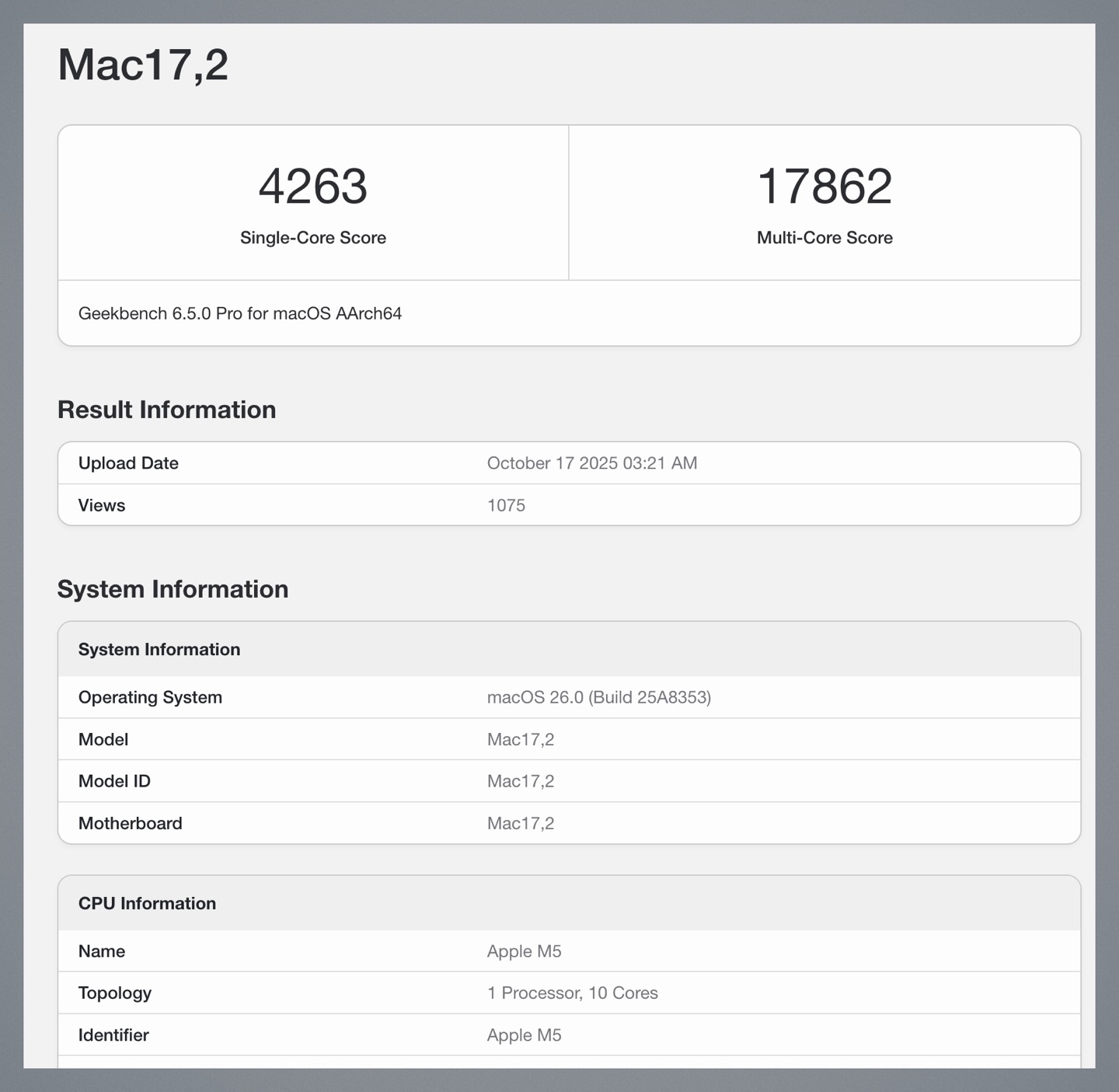As a result of the erosion of the prevailing and growing trust in police in Latin America, there is more and more conflict between civilians and police, which is publicized on social networks. According to data from the latest Latinobarómetro survey published in 2021, less than half of the population in most Latin American countries trusts the national police.
In short, this is no small problem. During the demonstrations in March 2021 in Colombia, approximately 3,405 cases of police brutality were recorded across the country. While no one denies that police forces are necessary to prevent crime, restoring public credibility in Latin America’s public security forces is critical to having more efficient police and safer cities. Isn’t that the purpose of public powers anyway?
It is possible to reverse this crisis of trust, which affects both police organizations, society and the state, with technological devices and mechanisms. While some police departments around the world are working to dispel skepticism about solutions like facial recognition, others are already embracing new tools, measuring public sentiment and seeing results that go beyond perception change.
When it comes to public safety, technology is not meant to replace police forces, let alone promote police violence, quite the opposite. Technological innovation is one of the main sources of compliance with fair, genuine and above all transparent transactions; It is a resource that works for civilians and police officers facing a critical situation.
Take, for example, the case of Las Vegas, Nevada, where after a year of integrating body cameras into operations, there was a 37% reduction in complaints of excessive use of force against police officers, thereby increasing the fairness of police officers. authority. Or why not mention the experience in London, England, where body cameras reduced the number of complaints against security forces by 93%?
The results support the argument for the important role technology plays in the pursuit of justice and transparency in the police. However, they also serve to deter aggressive, illegal or violent behavior towards officials trying to fulfill the demanding task of maintaining public order.
The same study, conducted in London, found that 6 out of 10 people changed their behavior when caught on camera, which reduced the likelihood of physical and verbal violence against police officers and the need for police to use force.
The use of body cameras not only helps preserve truth and strengthen transparency, but also increases citizens’ confidence in public security agencies.. With images, video and audio files collected, technology also plays an important role in cataloging and providing easy access to digital evidence, streamlining investigative processes and reducing skipping critical evidence.
Just as bulletproof vests are an essential element in protecting the physical integrity of police officers, technological devices such as body cameras or electronic control devices (TASER) connected to evidence-gathering platforms in real time are indispensable for protecting reputation. and the image of citizens, police and governments alike.
At the end of the day, this means fewer prosecutions based on unsubstantiated claims of innocence in the medium term and helps to secure human rights, which should undoubtedly be the primary aim of authority.
ALEJANDRO MIRAMONTES, AXÓN BRAND AND REPUTATION DIRECTOR
Source: Exame













